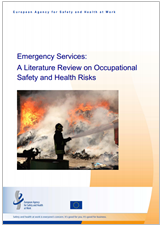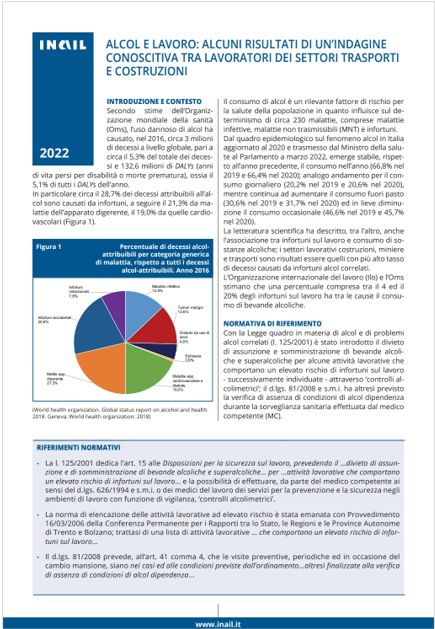Informazione tecnica HSE / 25 ° anno
/ Documenti disponibili:
45.544
/ Documenti scaricati: 34.390.951
/ Documenti scaricati: 34.390.951

Emergency workers comprise large professional groups ranging from career and volunteer fire-fighters, police officers, emergency medical staff (paramedics, emergency medical technicians, doctors and nurses) to psychologists.
In major disasters, rescue workers, technicians from large relief organisations, additional medical staff, military personnel, antiterrorist forces, body handlers, clean-up workers, construction workers, and numerous volunteers are involved.
Depending on the emergency/disaster site, emergency workers need specialisation for instance in water rescue, mountain rescue or rescue from heights.
Current environmental, economic, and political developments and trend data all suggest an increase in the severity and frequency of disasters in the future.
Phenomena that support this assumption include increased energy use, progressive global warming, climate change and pollution, population growth, dispersal of industrialisation around the globe, expansion of transportation facilities, and the growing spread of terrorism.
The growing issue of better protection for emergency workers against the occupational safety and health (OSH) risks has been emphasised as a priority by many experts.The demands made upon emergency workers, as well as OSH risks they are exposed to, will rise as they are confronted with events greater in both number and severity
Riordino del Comando carabinieri per la tutela della salute.
(GU n.102 del 05.05.2009)
Modificato da: Decreto 28 ottobre 2009
_______
Art. 5. Attribuzioni del comando Carabinieri p...

Comportamento abnorme dell'operaio esperto
Penale Sent. Sez. 4 Num. 18779 Anno 2019
Presidente: CIAMPI FRANCESCO MARIA
Relatore: DI SALVO EMANUELE
Data Udie...

ID 18453 | 23.12.2022 / In allegato Fact Sheet Inail
A partire da dati di contesto sulle p...
Testata editoriale iscritta al n. 22/2024 del registro periodici della cancelleria del Tribunale di Perugia in data 19.11.2024